1. Hoia-Baciu Forest, Romania
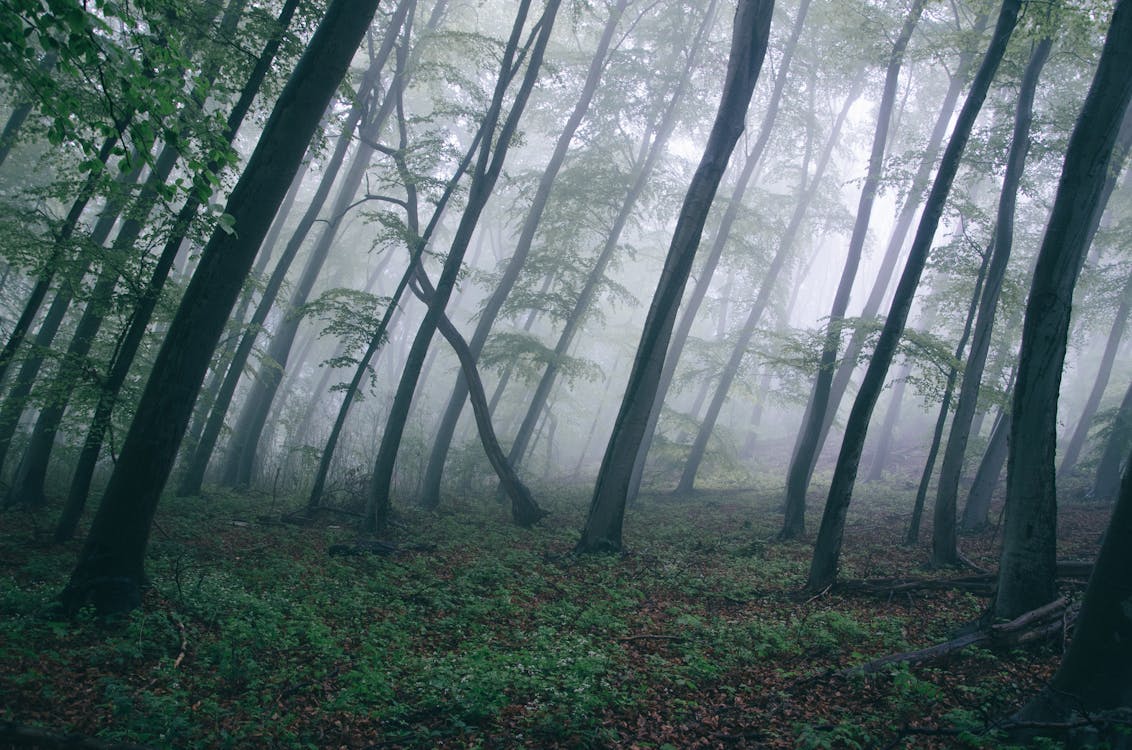
From the moment a military technician captured a photograph of a “UFO” hovering over the forest in 1968, Hoia-Baciu has gained paranormal notoriety around the world, with some believing it to be a portal that causes visitors to disappear. Those who have passed through the forest without being zapped into another realm have reported rashes, nausea, and feelings of anxiety, according to The Independent. Known as the “Bermuda Triangle of Transylvania,” the spooky curved trees that populate the forest just add to the eerie atmosphere.
2. Chuuk Lagoon, Micronesia

What’s even scarier than a haunted graveyard? Probably a haunted graveyard that sits 50 feet underwater. Micronesia’s Chuuk Lagoon (formerly Truk Lagoon) served as a fortified base for the Japanese Navy during WWII, and it was attacked by American forces during a three-day air strike in 1944. Dozens of warships, planes, tanks, and railroad cars sank to the bottom of the lagoon, where they remain today in what is known as the “Ghost Fleet of Truk Lagoon.” The ship graveyard is immensely popular with scuba divers, with PADI dubbing it “one of the best wreck diving destinations on the planet.”
3. St. George’s Church, Czech Republic
.jpg)
Originally built in 1352, St. George’s Church (about 125 miles east of Prague) boasts quite a history. The building was nearly destroyed by fires many times over the centuries, and its roof partially collapsed during a funeral service in 1968. After that event, the congregation became convinced the church was haunted and refused to enter; as a result, the building was stripped by robbers and fell prey to vandalism. That all changed in 2012, when an art student at the University of West Bohemia had an idea to lure visitors back to the church: a collection of 30 ghost sculptures sitting in the pews with their heads bowed.
4. Edinburgh Castle, Scotland

One of the biggest attractions in Scotland’s capital city is also considered to be one of its most haunted. With sections dating back more than 900 years, the historic fortress’s ancient dungeons have led visitors to report sightings of colonial prisoners from the American Revolutionary War and French prisoners from the Seven Years War—and even the ghost of a dog wandering the castle’s dog cemetery.
5. Eastern State Penitentiary, Philadelphia

The castle-like Eastern State Penitentiary took solitary confinement to new levels when it was built in 1829. Prisoners lived alone, exercised alone, and ate alone; when an inmate left his cell, a guard would cover his head with a hood so he couldn’t see or be seen. The prison had to abandon its solitary system due to overcrowding in 1913, although the forms of punishment did not get any less severe (chaining an inmate’s tongue to his wrists is one example) before it closed for good in 1970.
6. Al Madam, United Arab Emirates
.jpg/800px-The_Mosque%2C_Al_Madam_(49459523832).jpg?20200508212240)
There is something eerily beautiful about ghost towns, and Al Madam is no exception. Located in about 40 miles southeast of Dubai, the village was most likely built in the 1970s and deserted shortly after—a fact that local legend attributes to djinn (shape-shifting spirits) scaring people straight out of town. No one knows whether or not the spirits have lingered, but Al Madam still has a sort of haunted quality to it: dunes encroaching on the two rows of houses and a mosque, sand falling through broken windows like waves, and a seemingly endless sea of ochre desert stretching out in every direction.
7. St. Augustine Lighthouse, Florida
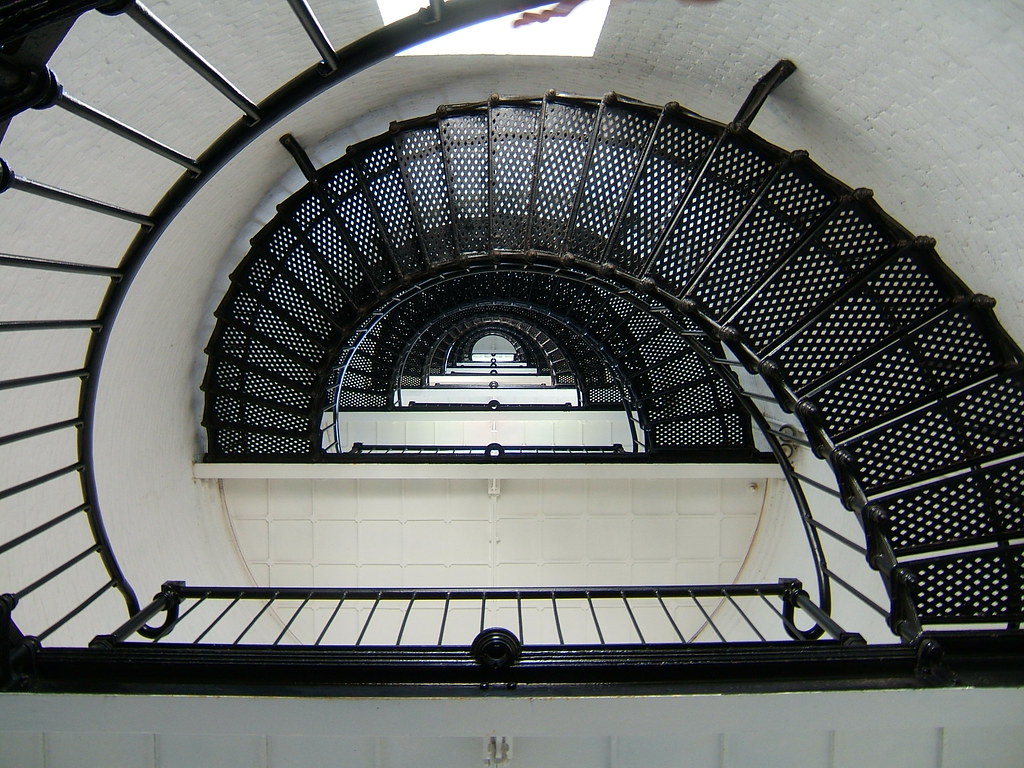
The St. Augustine Lighthouse is visited by more than 216,000 people annually, but it’s just as well-known for its otherworldly guests. Several tragic events that occurred at the now-historic site have contributed to the alleged paranormal activity. The ghost of a lighthouse keeper who fell to his death while painting the tower has been spotted watching over the grounds. And ever since the horrific death of three young girls, who drowned when the cart they were playing in broke and fell into the ocean, visitors have claimed to hear the sounds of children playing in and around the lighthouse.
8. Bonaventure Cemetery, Savannah

The entire city of Savannah is pretty much one giant ghost story, with mysterious stories shrouding everything from public parks to breweries. But few city spots evoke quite as much reverence as Bonaventure Cemetery, overflowing with moody Spanish moss and time-worn Victorian monuments. There are many notable figures buried here, like singer Johnny Mercer and poet Conrad Aiken, but it’s the grave of Gracie Watson that dark tourists should flock to. Having died at just six years old, her grave is marked by a life-size marble statue with her hand resting on a tree stump, symbolizing her life cut short.
9. Leap Castle, Ireland

Built at some point between the 13th and late 15th century, this Irish castle has seen more gruesome deaths than a Game of Thrones wedding. As legend has it, during a struggle for power within the O’Carroll clan (which had a fondness for poisoning dinner guests), one member plunged a sword into his brother—a priest—as he was holding mass in the castle’s chapel. The room is now called “The Bloody Chapel,” and the priest is said to haunt the church at night. The horror doesn’t end there—at least not according to the macabre history outlined on Leap Castle’s website. During renovations in the early 1900s, workmen found a secret dungeon in the Bloody Chapel with so many human skeletons, they filled three cartloads when hauled away.
10. Poveglia Island, Venice

Less than half a mile from the canals of Venice, Poveglia Island has served as a quarantine zone for bubonic plague victims, storage space for Napoleon’s weapons, and the site of an early 20th-century insane asylum. The asylum played host to horrific medical experiments, reports The Travel Channel, and finally closed for good when a doctor threw himself off the institution’s bell tower. Locals still claim to hear echoing chimes from the island—even though the bell was removed decades ago.
11. Castle of Good Hope, South Africa

A sprawling building near the shoreline of Table Bay in Cape Town, the Castle of Good Hope dates back to 1666, making it the oldest colonial building in South Africa. Originally built by the Dutch East India Company as a replenishment station for ships, the site also served as a military fortress and prison during the Second Boer War from 1899 to 1902. Today, you can tour the fort’s many rooms and buildings (including the gruesome torture chamber), but you might want to prepare yourself for a ghost sighting. Back in the 1700s, Governor Pieter van Noodt condemned several men to be hanged to death; one of the men cursed the governor from the gallows, and van Noodt died of a heart attack later that day.
12. Whaley House, San Diego

Thomas Whaley built this family estate in 1857, on the former site of San Diego’s first public gallows. Shortly after he moved in, he reported hearing the heavy footsteps of “Yankee” Jim Robinson, a drifter and thief who was hanged on the site four years before the house was built. Whaley’s family history ended up being filled with tragic deaths and suicides—many of which occurred inside the home itself. According to the Whaley House Museum, some of the family members still haunt the landmark, running up the stairs and turning lights on and off.
13. La Recoleta Cemetery, Buenos Aires
.jpg)
You don’t have to be religious to be moved by La Recoleta Cemetery, which features thousands of statues, fairytale grottoes, and intricate tombstones, as well as the remains of Argentina’s most iconic figure—Eva Perón. The stone walkways and labyrinth of mausoleums are as beautiful as they are eerie, and Recoleta has a couple of haunted legends of its own. One of the most famous stories involves David Alleno, a former grave-digger and caretaker who worked at the cemetery for 30 years before killing himself.
14. Crumlin Road Gaol, Northern Ireland
Crumlin Road Gaol, a Victorian-era prison in Belfast, is said to be one of the most haunted sites in Northern Ireland. Often referred to as Europe’s Alcatraz, the jail contained some 25,000 inmates (men, women, and children) during its 150 years of operation, publicly hung many prisoners, and buried their bodies within the prison walls. The institution officially shut its doors in 1996, but the ghosts of deceased inmates are said to still roam the iron walkways today.
15. Myrtles Plantation, Louisiana

Built in 1796 by General David Bradford, Myrtles Plantation is considered to be one of America’s most haunted sites. The house is rumored to be on top of an Indian burial ground and is home to at least 12 different spirits. Legends and ghost stories abound, including the tale of a former slave named Chloe, who had her ear chopped off after she was caught eavesdropping. She got her revenge by poisoning a birthday cake and killing two of the plantation owner’s daughters, but then she was hung by her fellow slaves.
16. Bhangarh Fort, India

Located just 100 miles southwest of Delhi, the lush ruins of Bhangarh Fort make for a curious juxtaposition against the desert landscape of Rajasthan. To this day, the oasis remains largely uninhabited due to an alleged curse cast by a disgruntled sorcerer after his advances were rebuffed by a local princess. If you prefer your trips to skew more spiritual than haunted, Traveler’s former editor-at-large Hanya Yanagihara suggests saluting the sun during a session of pre-dusk yoga at the site.
17. Tower of London, England
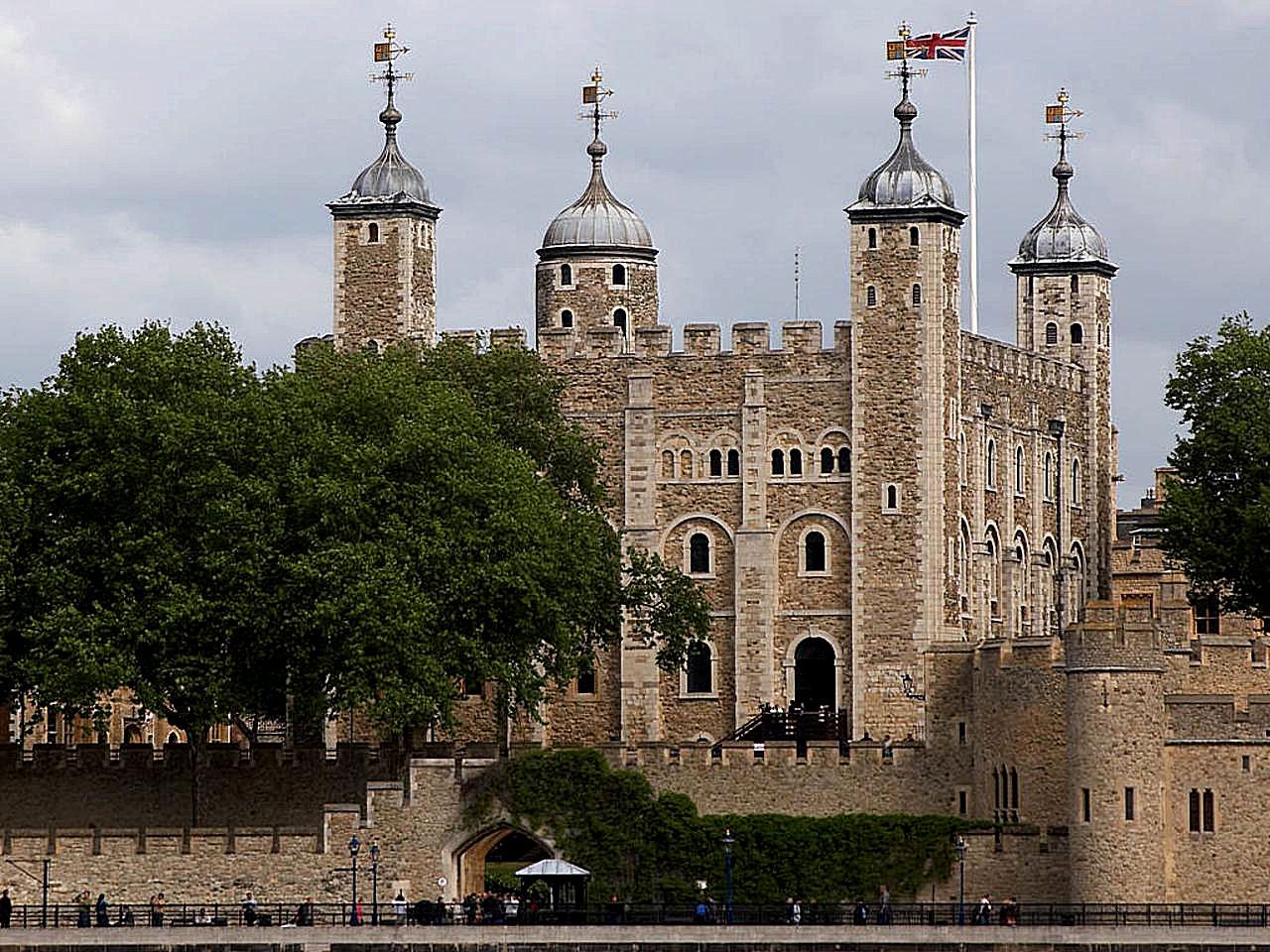
Built by William the Conqueror in 1066, this uncompromising fortress has served many functions. But it’s best known for its bloody history as a prison and execution site: Henry VIII famously ordered the execution of two of his wives, Anne Boleyn and Catherine Howard, here. It’s also where two young princes were imprisoned after the death of their father, King Edward IV; they disappeared shortly after in 1483, and their remains weren't found until 1647.
18. Catacombs of Paris, France

After a prolonged bout of heavy rain flooded and unearthed the overcrowded Les Innocents cemetery in the spring of 1780, a wave of rotting corpses tumbled onto the property next door. According to Smithsonian Mag, this horrifying event started a 12-year project to move bodies from Paris’s cemeteries down into the city’s former limestone quarries, eventually packing the underground tunnels with some 6 million bodies. Today, about a mile of the subterranean labyrinth is open to visitors, who can take tours of the tunnels and artfully arranged displays of bones.
19. Aokigahara Forest, Japan

This seemingly serene forest at the foot of Mount Fuji has a tormented past. Colloquially known as “Suicide Forest,” Aokigahara has been the site of 500 reported suicides since the 1950s, reports the BBC. Some blame this trend on the forest’s association with demons in Japanese mythology. Others point towards large underground deposits of iron, which interfere with compasses and make it easy to get lost. In fact, many hikers will mark their path with tape or string to make it easier to find their way back out again.
20. Xunantunich, Belize
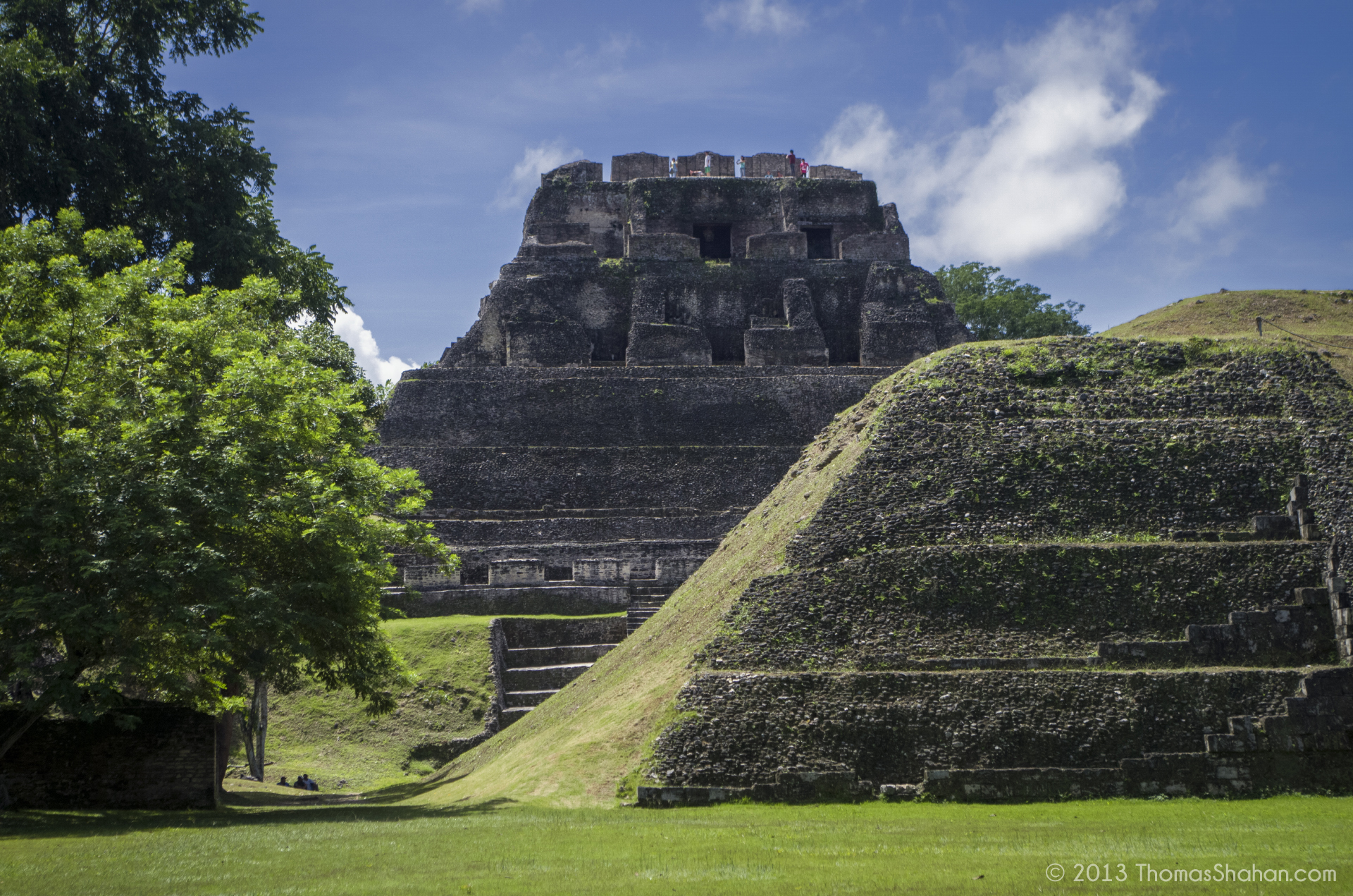
Deep in the jungles of Belize, less than a mile from the Guatemala border, Xunantunich is an ancient Mayan ruin that has sat abandoned for the past millennium. An earthquake caused the original civilization to crumble, but the complex was rediscovered by explorers in the 1890s. Since then, Xunantunich has served as an important archaeological site, under-the-radar tourist attraction, and hotbed of ghostly sightings. The ancient city is said to be haunted by one female ghost: a black-haired lady with red, glowing eyes. She was first spotted by one of the earliest research teams in 1893 and has been seen near El Castillo (the tallest building in the complex) many times since then.
21. Borgvattnet Haunted Vicarage, Sweden

Originally built in 1876, weird happenings have been noted in this parsonage since the 1960s. The gray wooden structure now serves as a bed and breakfast in a rural area in northern Sweden with snowmobiling, fishing, and...not a lot else. Guests at Borgvattnet have claimed to hear footsteps, music, and the sound of three crying ladies coming from the inn—and the proprietors will reward you with a certificate that says you stayed through the night.
22. Himeji Castle, Japan
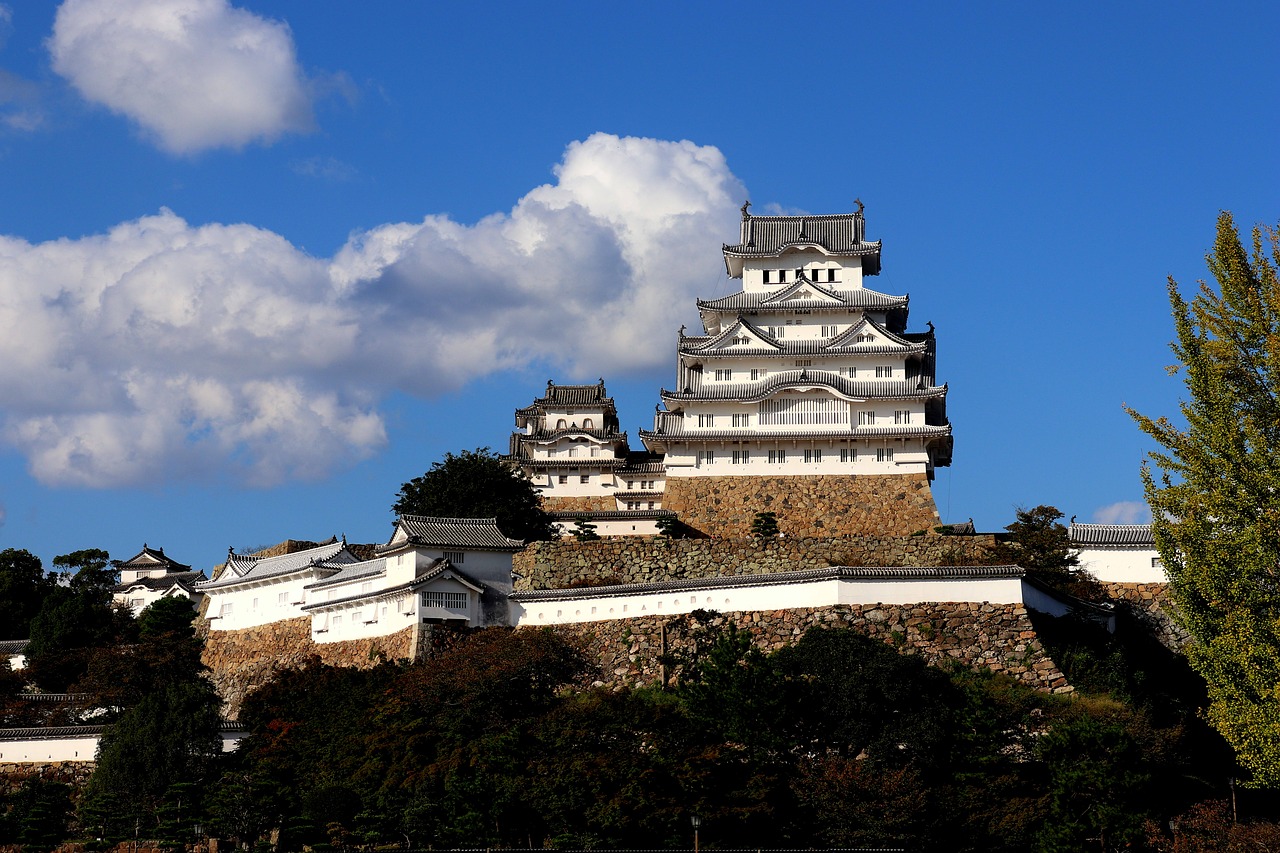
Himeji Castle dates to 1333 and is regarded as one of the greatest remaining examples of Japanese castle architecture. It also has some rather eerie folklore associated with it—most notably the story of Okiku, a one-time palace servant who was falsely accused of losing valuable dishes. She was killed and thrown into the well in the castle. Her ghost now haunts the castle at night, counting dishes in a mournful tone; she reaches nine before shrieking and returning to the well.
23. Ponte Sisto, Rome
In a city as ancient as Rome, practically every brick in every building has a story that goes along with it. In some cases, those stories are downright creepy. One such tale surrounds the Ponte Sisto, a romantic bridge spanning the Tiber near Rome’s city center. Local legend has it that if you visit the bridge at sunrise, you’ll see a charging carriage helmed by the ghost of Olimpia Maidalchini, Pope Innocent X’s advisor (hence her nickname, the “female pope”).
24. Port Arthur, Tasmania

Port Arthur began as a penal colony in 1833, housing British convicts until it was abandoned in 1877. During those decades, the island—touted as “inescapable”—focused on correcting the inmates’ morality, using methods like solitary confinement and mandatory church services. The settlement has been a destination for curious tourists since the time of its abandonment, and it was officially preserved as a historical site in 1979. Today, you’ll find what The New York Times describes as “an impressive apparatus for remembering, complete with a ferry, interactive exhibit for children and well-trained guides.”
25. Ancient Ram Inn, England

Built in 1145, Ancient Ram Inn in Wotton-under-Edge has played many roles over the centuries: a priest’s residence, housing for masons and slaves, an inn, and a public house. It also happens to be one seriously haunted spot. Architectural Digest writes: “With ghostly children, a high priestess, and even an incubus (Google it, but don’t say you weren’t warned) wandering the halls, guests have reportedly leapt from the windows in a frenzy to escape.”
26. Parador de Jaén, Spain

Located in an 18th-century Arab fortress overlooking the Andalusian landscape, Parador de Jaén has a few spooky stories hiding behind its imposing walls. According to the hotel’s website, a guest in Room 22 was rudely awakened one night by the sounds of a woman crying and someone knocking on the door. A team of paranormal investigators was called in to check everything out in the 1980s, and they concluded that the room was, in fact, haunted by the spirit of a young woman who had died of heartbreak in the fortress several centuries ago.
27. Lawang Sewu, Indonesia

Constructed in the early 20th century by Dutch colonialists, Lawang Sewu (or “Thousand Doors”) served as the head office for the Dutch East Indian Railway Company before the Japanese turned it into a detention camp during WWII. During the war, many harsh interrogations, tortures, and violent executions occurred within the building’s walls—all of which contribute to its current status as one of Indonesia’s most haunted landmarks, says the country’s Ministry of Tourism.
28. Dock Street Theatre, Charleston
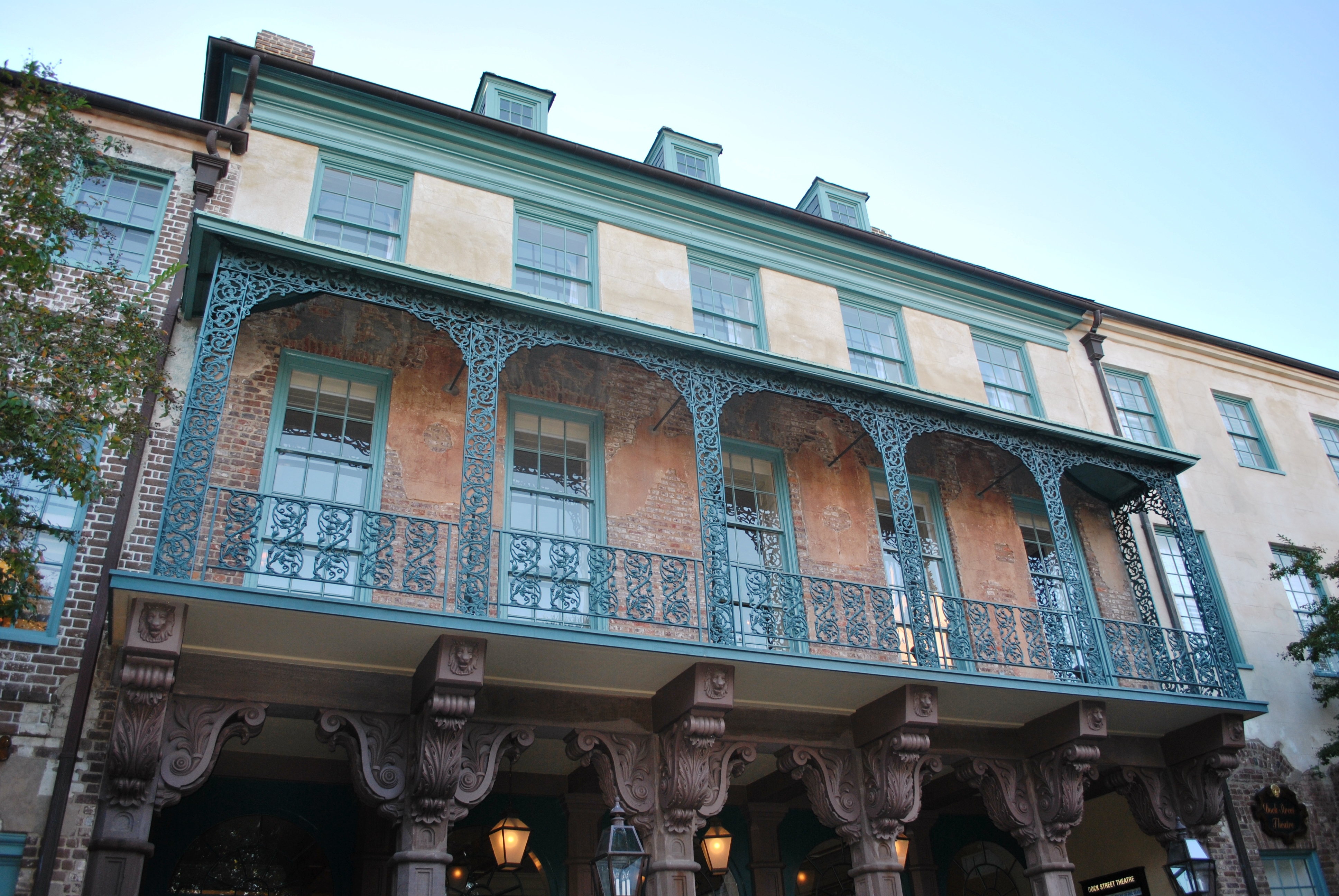
Renovated in 2010, Charleston’s Dock Street Theatre is a beautiful downtown venue, hosting plays and concerts throughout the year. But the site has quite a tumultuous history. Aside from a fire burning down the original theater in 1740, the building suffered damage from an earthquake in 1886 and fell into abandon during the early 20th century. To make matters even more spooky, a woman named Nettie Dickerson was supposedly struck by lightning while standing on the balcony in the mid-1800s, and her ghost is said to glide along the theater’s second floor.
29. Burg Eltz, Germany

Burg Eltz dates back to 1157, so you better believe the list of myths surrounding the castle is quite long. The most compelling tale is that of a young countess named Agnes, who was betrothed to a fellow noble but called off the engagement after she met him. (According to legend, he sucked.) The scorned nobleman laid siege to the castle and Agnes perished after taking up arms to defend her castle. Her mournful spirit can still be sensed today, most strongly in her former bedroom with her pierced armor and battle axe on display.
30. Carl Beck House, Canada

Built by lumber magnate Carl Beck in the late 1800s, this house in Penetanguishene is known as one of the most haunted houses in Ontario. According to legend, Beck and his family lived in the house together; after his wife passed away, the eldest daughter, Mary, was put in charge of raising the younger children. Years later, when Carl died, he inexplicably left Mary $1 in his will. Today, an angry, female ghost—presumably Mary—is said to appear in the upstairs windows.